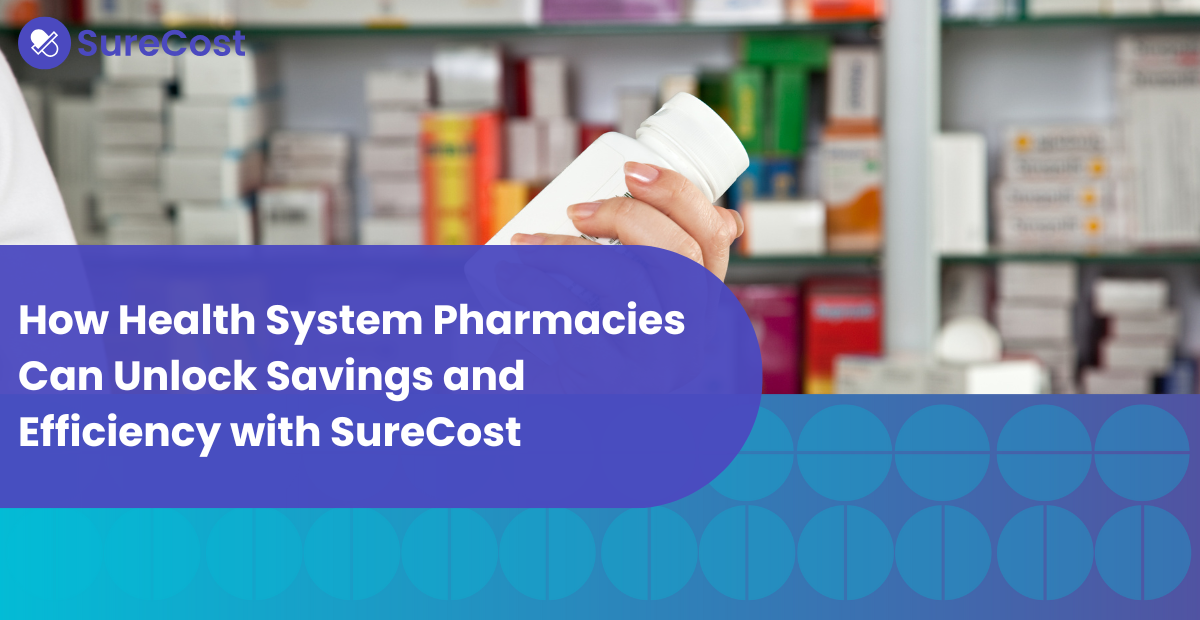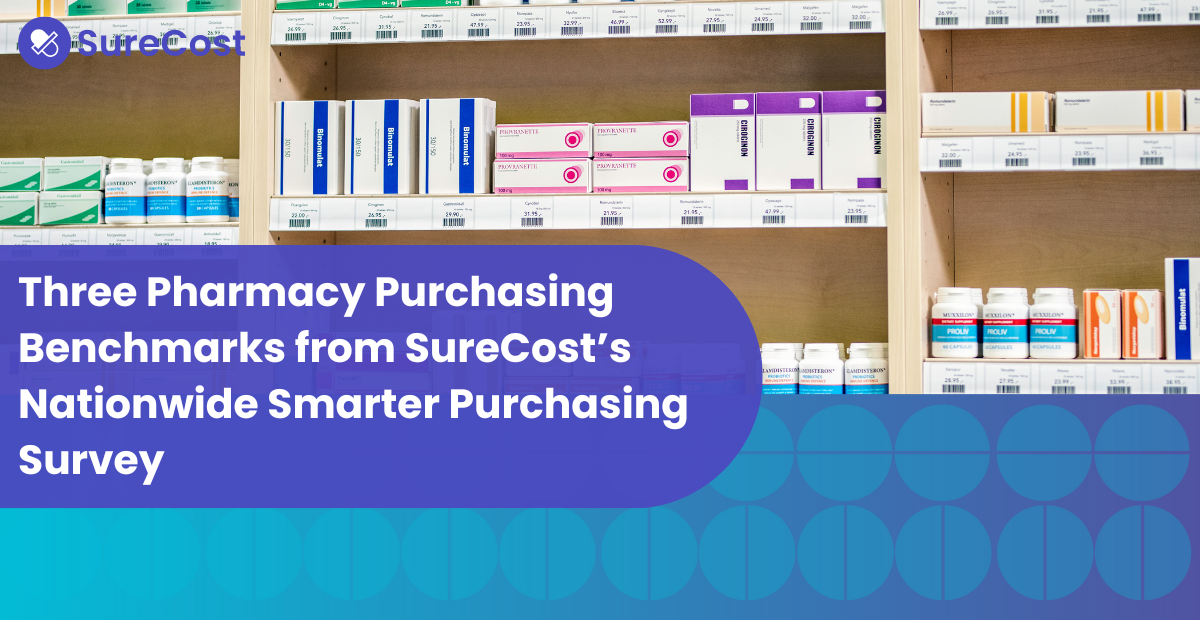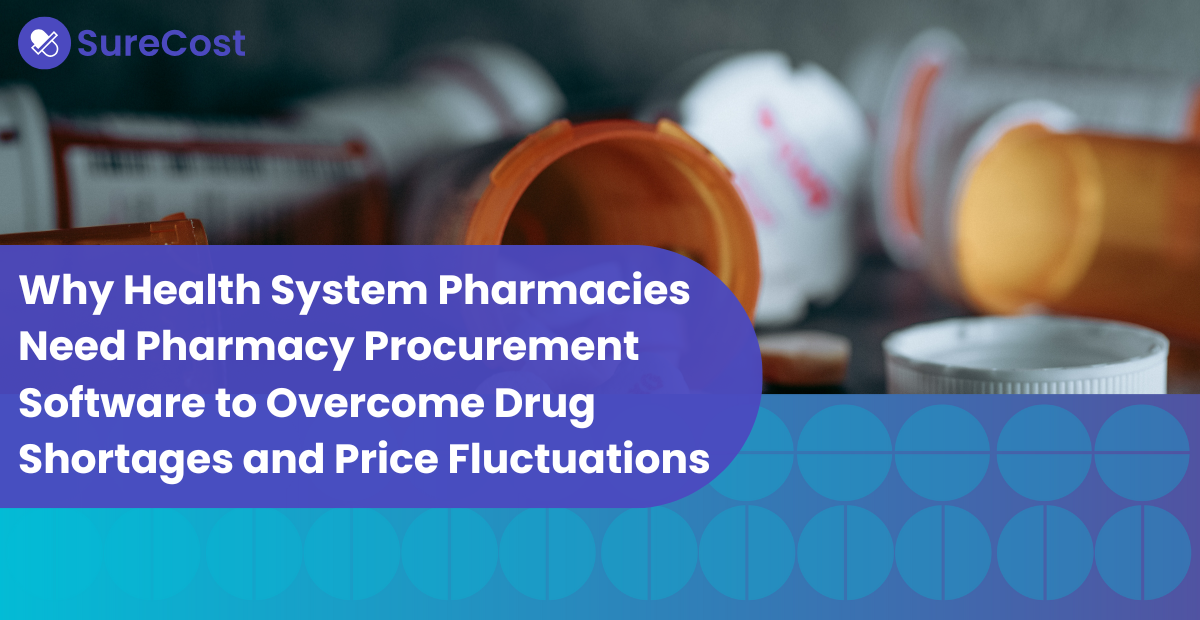In the dynamic realm of pharmacy management, the primary focus often centers on the bottom line. Pharmacies consistently seek cost-efficient solutions while grappling with pivotal decisions that significantly influence their operations. This leads to a crucial question: is opting for the lowest-priced product every time the ideal approach? In this blog post, we will dive deeper into why pharmacies should look beyond price tags when shaping their purchasing strategies.
The Primary Vendor Agreement Dilemma
A critical factor that can make the lowest-priced option less attractive is the primary vendor agreement. Sometimes, the vendor may want the pharmacy to buy a product that is not the cheapest among their product mix. This mix includes interchangeable and generic equivalent products.
Understanding the cost difference between buying compliant items within the primary vendor agreement and purchasing from secondary vendors is crucial. An effective pharmacy purchasing strategy will require weighing the cost of compliance against the potential rebate and cost of goods discounts. In some cases, compliance can prove to be more financially advantageous for pharmacies, as the rebates may outweigh the savings from sourcing a product externally.
SureCost calculates all the math behind those factors to help pharmacies make the best purchasing decisions.
Unveiling the Hidden Costs of Change
Pharmacists need to consider hidden costs when switching between Medication Distribution Categories (MDCs), along with compliance and vendor agreements. While changing to a different MDC may appear cost-effective at a surface level, it can entail a spectrum of costs.
Operational expenses come into play when adapting the MDC, encompassing the time required to update pharmacy systems and automation tools. Some automation systems may necessitate recalibration, incurring expenses that can reach up to $75 or more per drug. Moreover, shifting medications might demand patient communication and the reassurance of medication, tasks that consume staff time and patient interaction opportunities.
Pharmacists must gain a comprehensive understanding of the total cost implications of changing a medication, encompassing operational, automation, and communication expenses. SureCost has a built-in tool that checks if the money saved by changing MDCs is more than the costs involved.
Navigating the Complex Landscape of Insurance Carriers
Insurance carriers wield a substantial influence in the economic dynamics of the pharmacy sector. Notably, the presence of distinct payment models for generic medications among different carriers. Some use a fixed rate for the drug, while others use the wholesale acquisition cost or average wholesale price for payment.
In order to maximize profit margins, pharmacists must scrutinize the actual cost, rebates, and compare it to the AWP or WAC of the product.
Additionally, manufacturers set differing AWPs and WACs for generic equivalents, resulting in a broad spectrum of prices within the same category. This underscores the importance of adeptly managing purchasing strategies to harness potential margin enhancements.
SureCost empowers pharmacists to proficiently manage their pharmacy purchasing strategies by enhancing the entire purchasing process.
-1.png?w=500)



.png)



